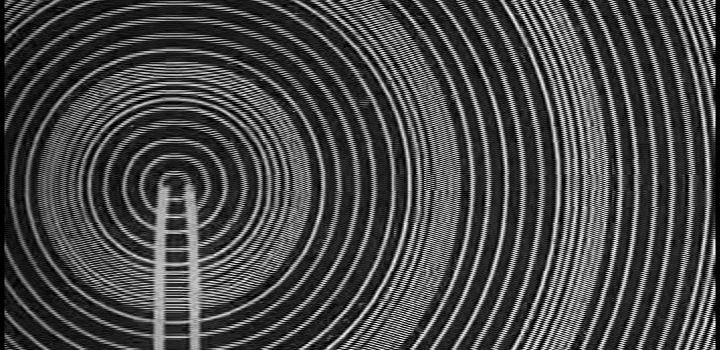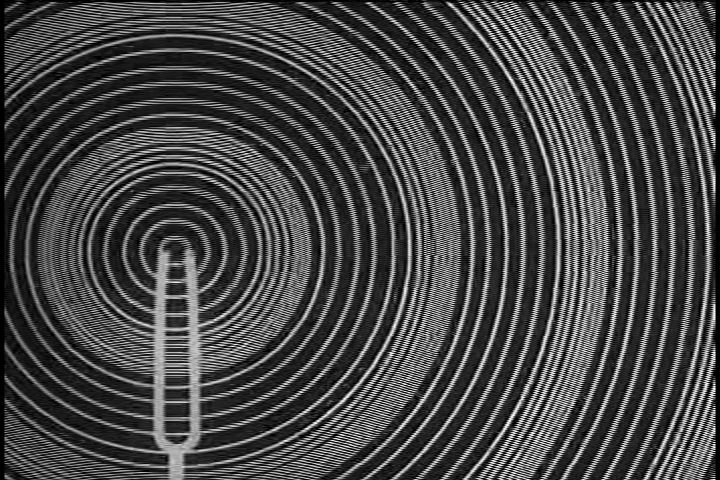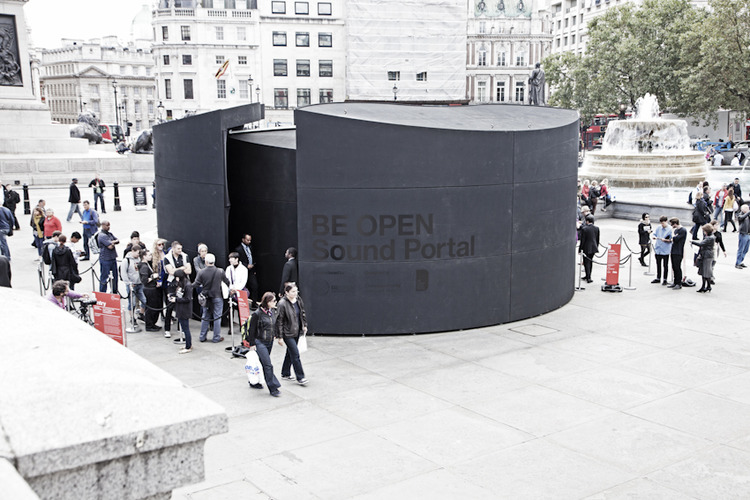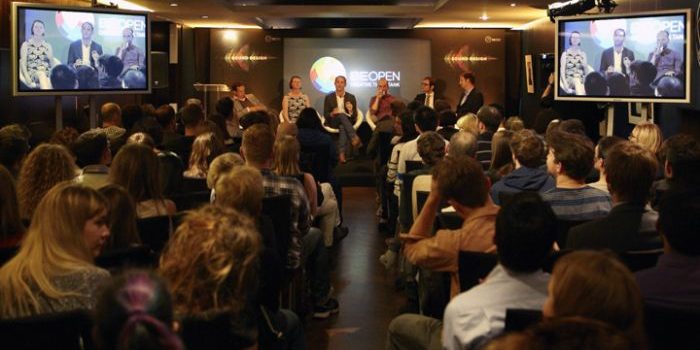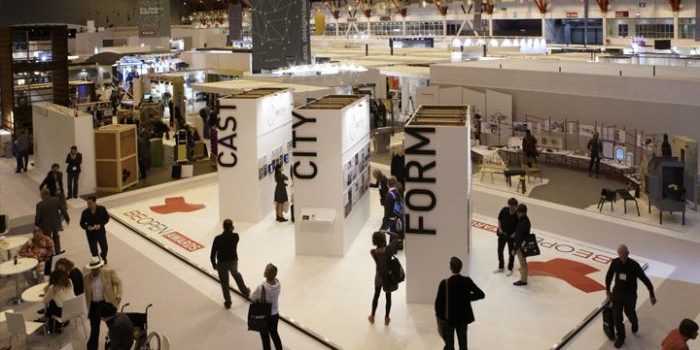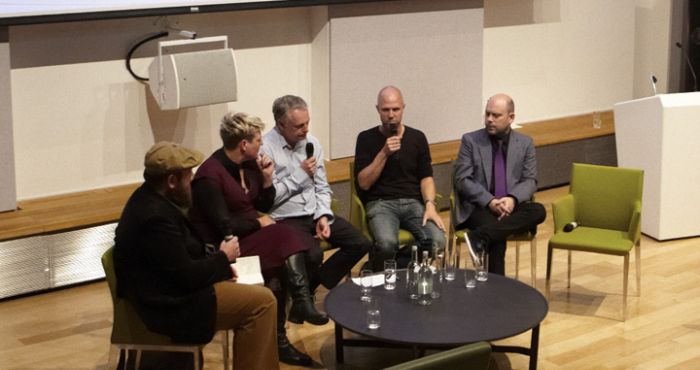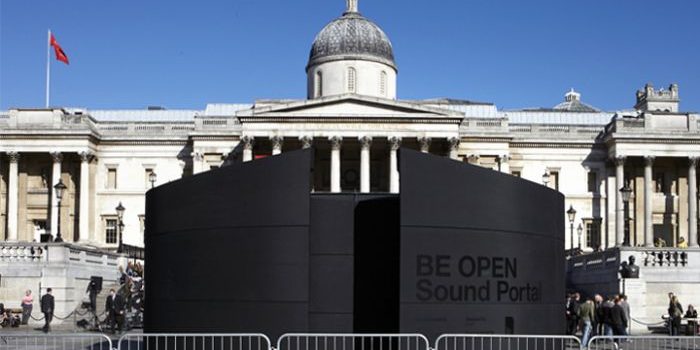Predicting the sound of the future is an indvidious task. Listening again to the work of Francesco Balilla Pratella who wrote the Manifesto of Futurist Musicians in 1910, it is surprising just how dated the music is.
It could have been an Italian version of the piano sonatas that Stravinsky wrote but disavowed later in his life as being too like late Beethoven. Pratella’s piano piece, La Guerra, captures a world of established structures collapsing; what we understand as the tonality is frequently suspended but never fully lost. The focus on chords and their progression is dissolving but we recognise the series of notes played on the piano. It sounds like Europe as it plunged into the First World War.











